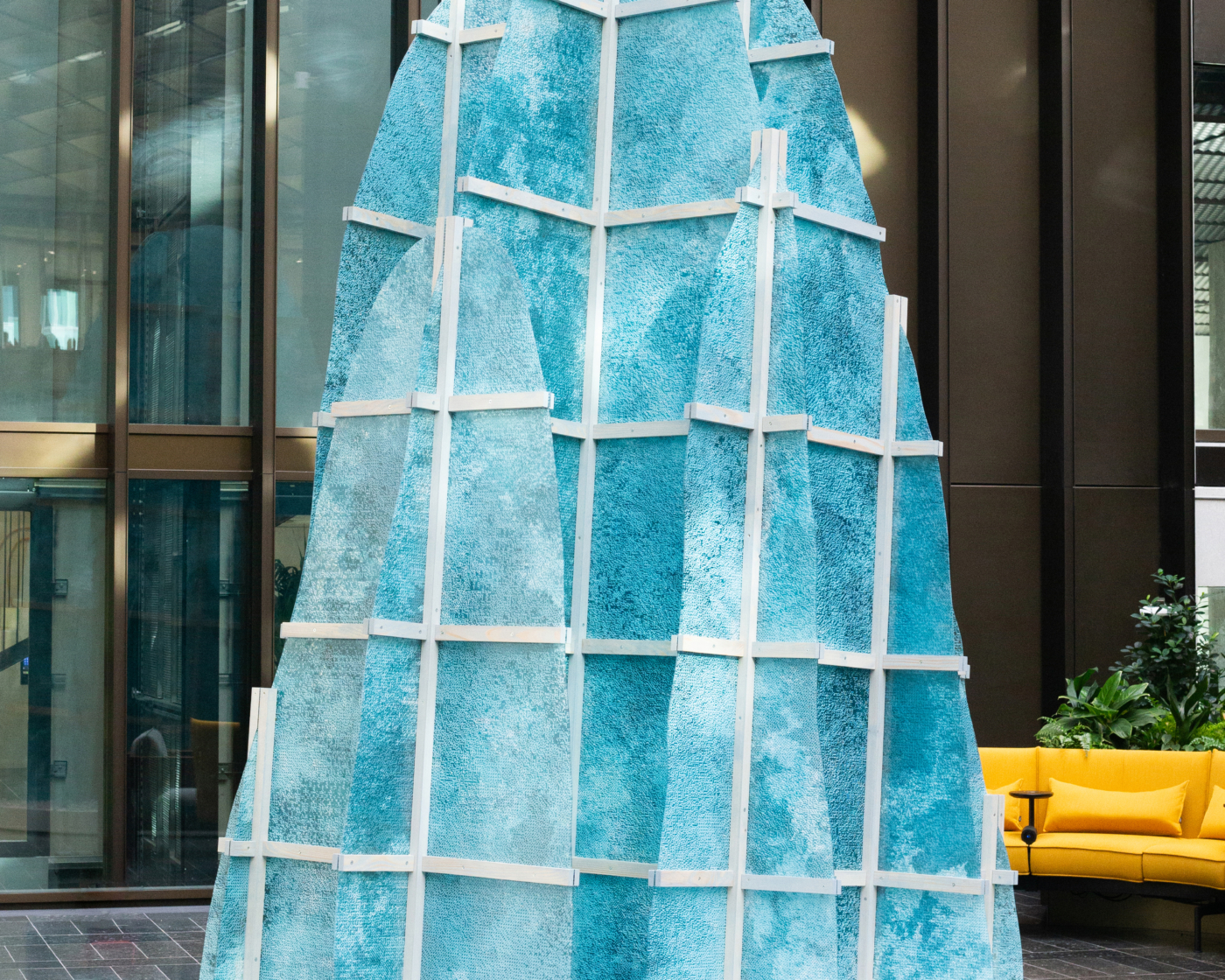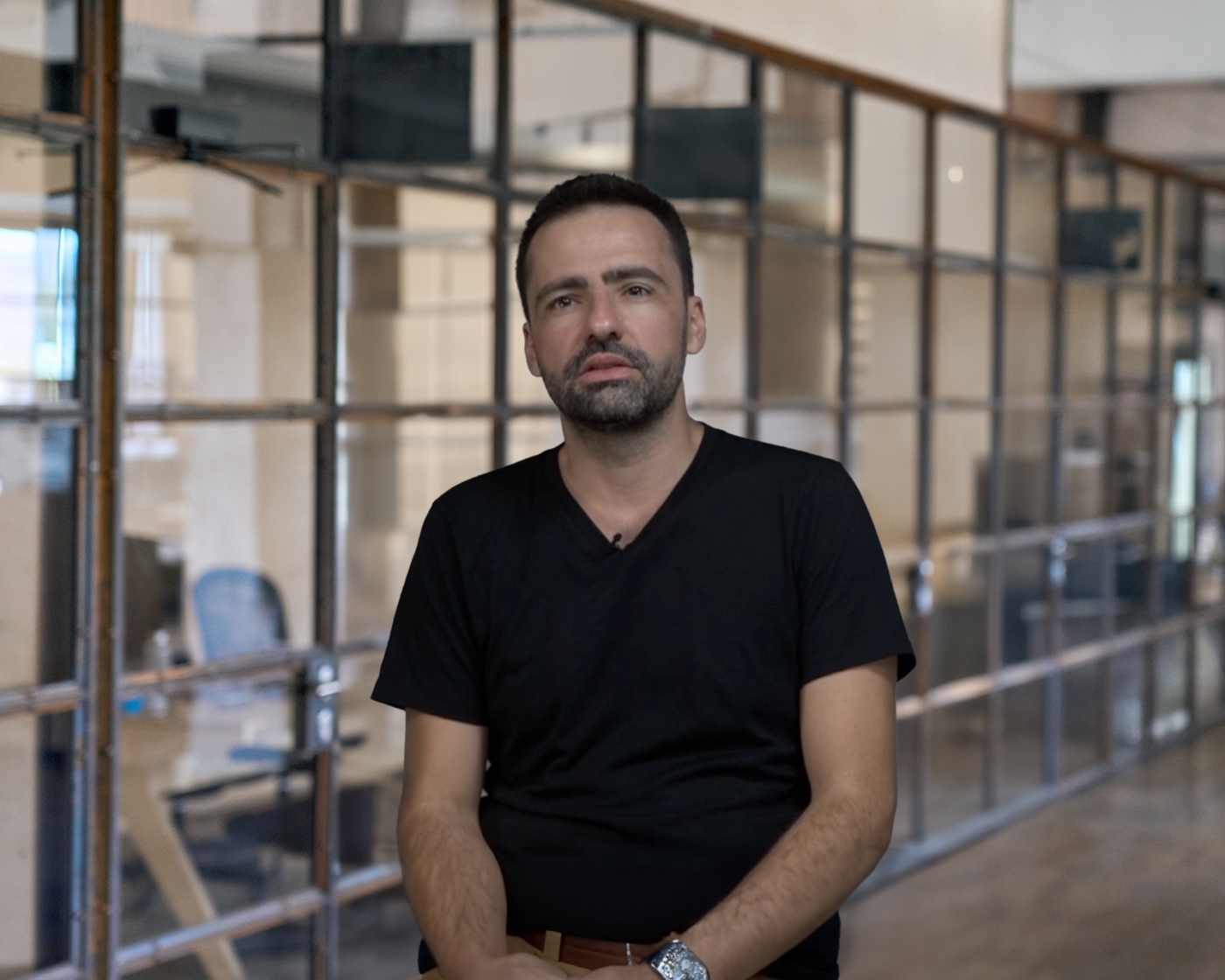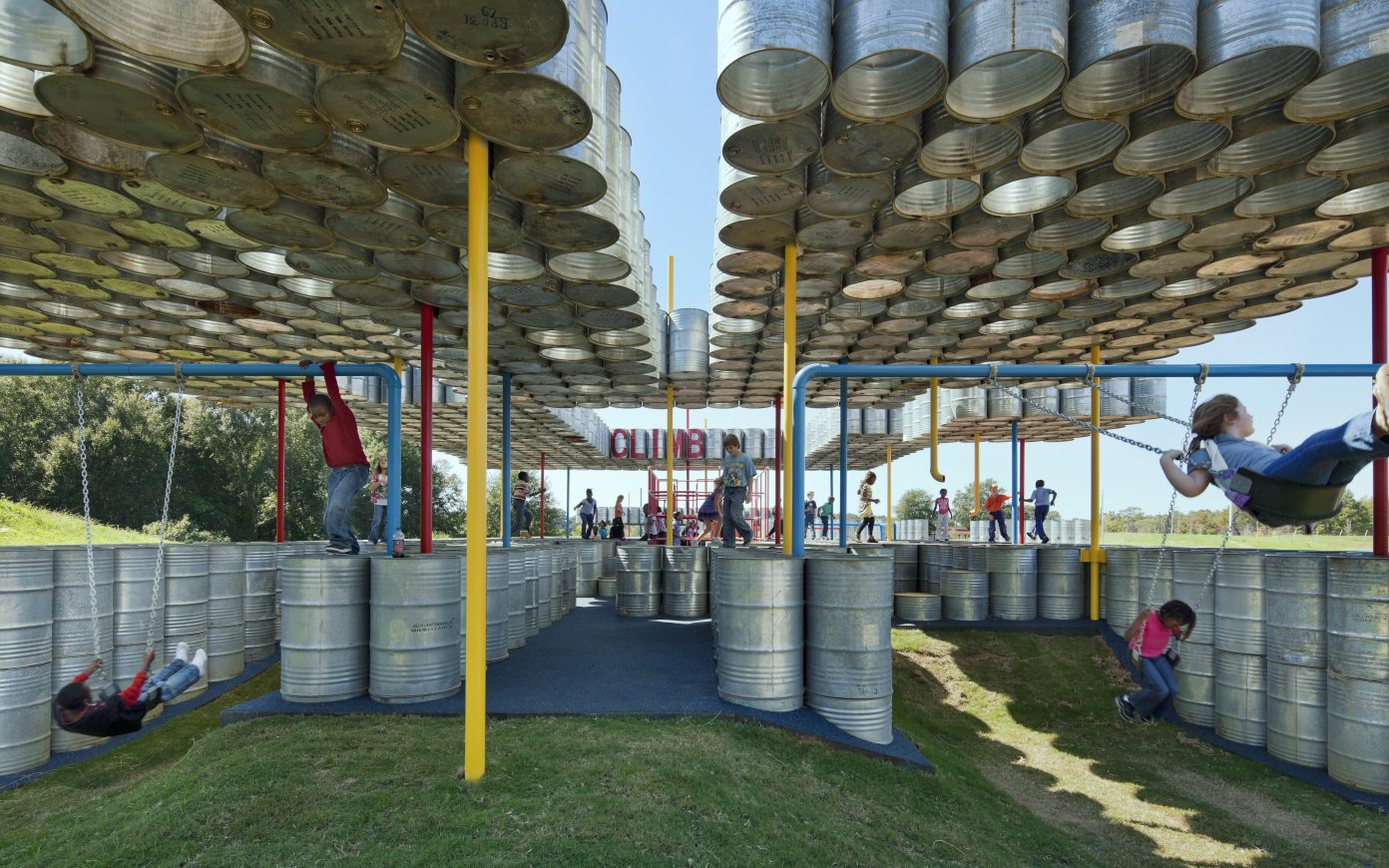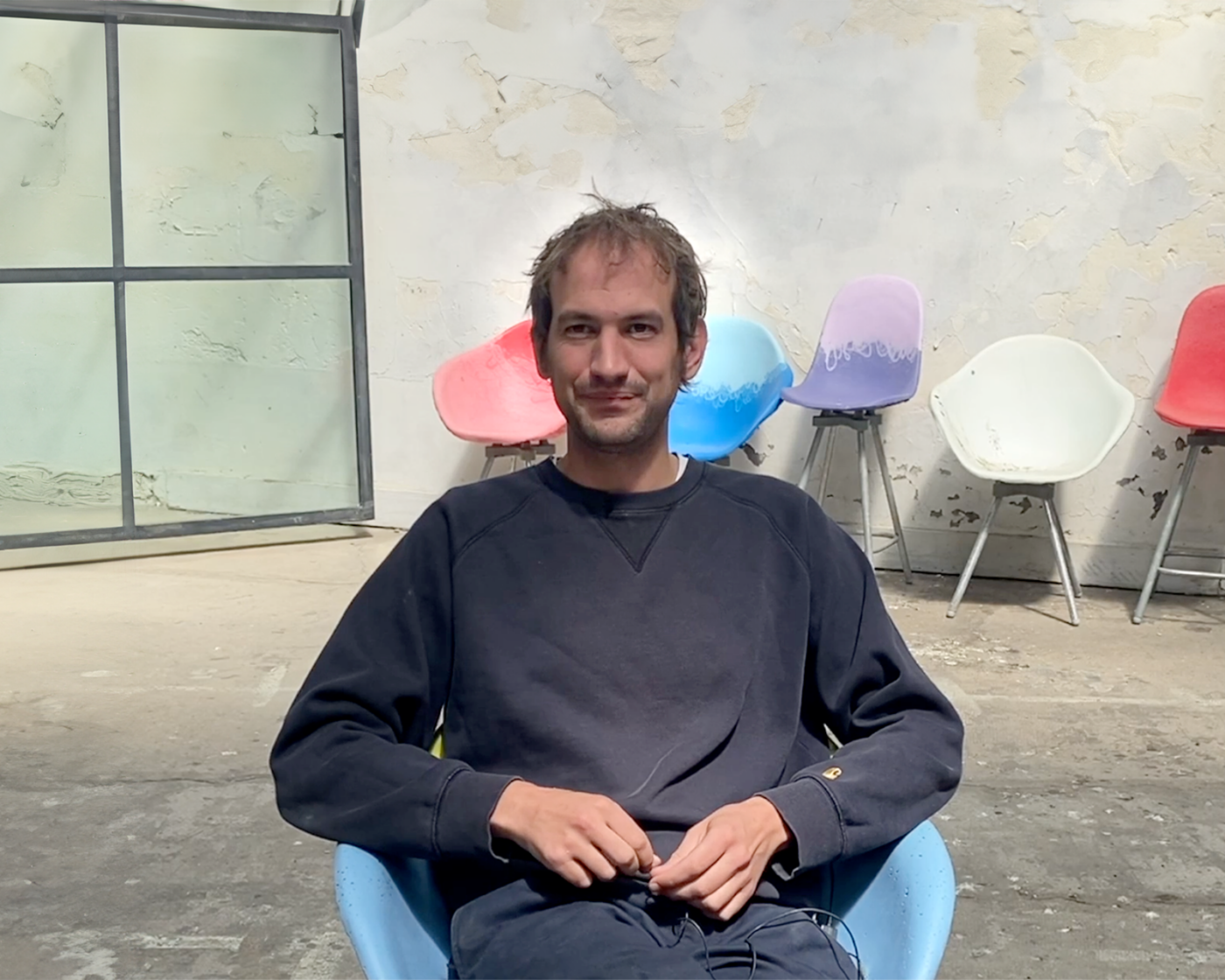PCA-STREAM was tasked by Groupama to design an innovative tower that will renew the image of La Défense. Revisiting the model of the traditional tower, The Link is emblematic of the transformation of working practices and a new relation to the city. Its morphology in two wings connected to one another with platforms called “links” allows the tower to provide spaces that foster interactions and collective intelligence, and gives an unprecedented place to nature in a high-rise building.
Modeling

Neo composites
With Mathieu Merlet Briand, artist, Benoit Roman, research director at the CNRS, Xavier Baris from Kairos and Michael Gaultois, Chief Scientific Officer of Fairmat. With the growing disenchantment of the public and designers alike with plastic, perceived as the offspring of the oil years and the symbol of a disposable world, the development of new materials that respond to contemporary challenges by proposing circular production schemes is long overdue. The Deeptech ecosystem is struggling to get off the ground in France, given the investment required. The government and the regions are encouraging research and entrepreneurial initiatives such as the FLOWER project to develop composites made from flax fibre, a plant widely grown in France. What are the neo-composites of tomorrow? What new mythologies do they invoke?

Representing modularity
Pablo Valbuena is a visual artist. He creates rhythmic light installations to represent time and movement, altering our perceptions of space. His “illusions” distort reality and reveal imperceptible information. We collaborated together on the creation of the Modulation artwork, a series of luminous combinations evoking modularity.


Co-creating a learning society
François Taddei is a geneticist and co-founder, with Ariel Lindner, of the Learning Planet Institute (formerly known as CRI). Conceived as a school for the 21st century, the institute combines artificial intelligence and collective intelligence to reinvent ways of learning, teaching and doing research.

Modeling the City Using Proteins
Researcher Claire Lesieur works at the CNRS Ampère Laboratory on the Go Pro project, which applies a computational model developed for protein folding to urban environments. The shape-changing properties of proteins are put to use in an attempt to map out the opportunities for urban growth that don’t involve urban sprawl.

Talking Data
Caroline Goulard is a data journalist and co-founder of Dataveyes. She turns collected data into digital experiences to make it more understandable for everyone. Thanks to new ways of visualization, it is now possible to understand a population’s needs and to develop services that anticipate new uses.


AI in Architecture
Artificial intelligence sparks as much enthusiasm as fear in its applications in the built and urban environment. Architect and data scientist Stanislas Chaillou puts this innovation into perspective by replacing in its technological timeline and demystifying the way it operates, which is in fact based on statistical learning. AI brings three major contributions to architects: assistance (for tedious chores), options (in the iterative design process), and the connection to context (by taking better account of local data). AI thus carries less of a risk of standardization than an opportunity to develop a style, to adapt to multiple contexts, and to vastly increase the capabilities of architects.


Inhabiting Urban Mobility
We are faced with the need to bring about a behavioral shift to support the ecological, urban, and economic transitions. Given that space influences behavior, Sonia Lavadinho calls for a “relational city” to kickstart the process. Like the city itself, mobility could be perceived as not only functional, but as something that can take on a new dimension, as events. Enriching the urban experience through a proliferation of micro-events and social interactions would then change our spatiotemporal relationship to the city and foster better social behavior.
Explorer Tous les tags
 stream voices
stream voices
Eager to share more generously the results of its collaborations and research, PCA-STREAM publishes STREAM VOICES, its online magazine!









